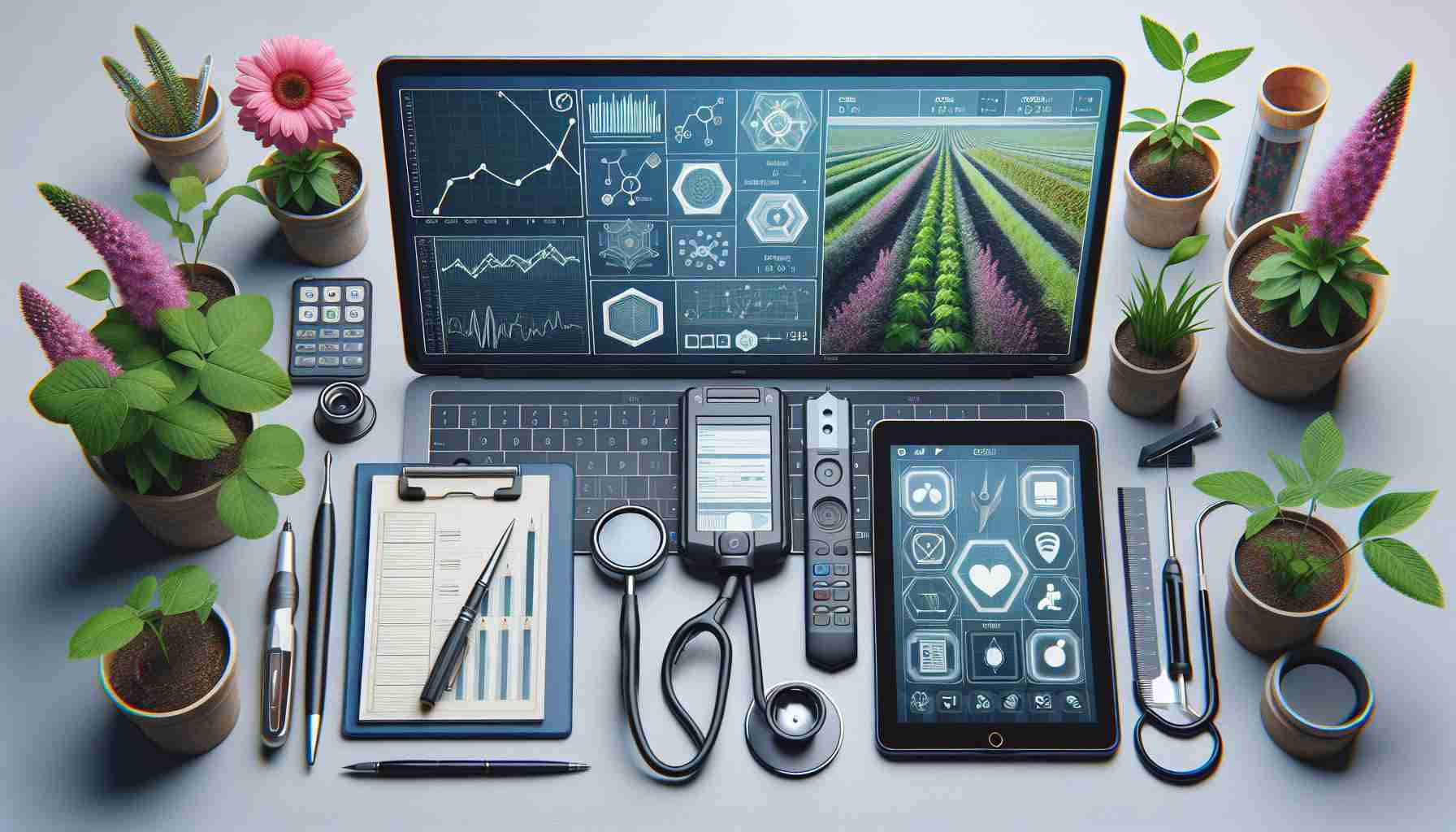Do you have expertise in identifying plant problems and pests? Can you determine the cause of leaf damage? Many plant and pest issues can be accurately diagnosed with the naked eye. However, others are more elusive and require additional diagnostic tools and/or assistance. What tools do you have in your diagnostic kit?
Magnifying Glasses
One of the most important diagnostic tools is a magnifying glass or magnifier. Easy to use and always on hand, magnifying glasses are designed for reading small print, examining jewelry, and viewing plants and insects.
Traditional Microscopes
For general diagnoses, such as insect or disease identification, dissecting microscopes (also known as stereomicroscopes) are often used. Dissecting microscopes are versatile and offer three-dimensional images at low magnification (usually from 5 to 45x).
Digital Microscopes
A digital microscope is one of the best tools for identifying pests. Available in various magnifications, portable, and with different imaging capabilities, they are widely available online and often advertised as tools for examining jewelry, coins, or electronics. Costs vary depending on the magnification, but generally, digital microscopes are a cost-effective tool for those working in the horticultural industry.
Handheld Electronic Devices
Almost everyone has access to a digital camera, tablet, or mobile device equipped with a camera and the ability to capture video. The image quality and zooming capabilities of these devices have greatly improved over the years. In fact, many people forego owning a digital camera and simply use their phones to take pictures. These devices are important for documenting and sharing images of problems found in greenhouses or fields.
Diagnostic Laboratories
Not all plant pests or plant problems can be diagnosed on-site. In many cases, samples need to be collected and sent to a diagnostic laboratory for analysis. Every state in the USA has at least one plant and pest diagnostic laboratory affiliated with an agricultural university. To find a diagnostic laboratory near you, visit the National Plant Diagnostic Network at http://www.npdn.org. There are also private laboratories that offer paid sample analysis and diagnostics. It’s good practice to identify a diagnostic laboratory to contact or send samples to when necessary.
Sample Questions about Plant and Pest Diagnostic Tools:
1. What tools can be used to identify plant problems and pests?
2. What are the uses of magnifying glasses?
3. What are the uses of traditional microscopes?
4. What is a digital microscope, and how does it differ from a traditional microscope?
5. What are the benefits of using handheld electronic devices to document plant problems?
6. Where can samples be sent for diagnostic analysis?
Definitions of terms and jargon used in the article:
1. Magnifying Glass – a simple and portable diagnostic tool for viewing small objects, such as plants and insects, or reading small print.
2. Dissecting Microscope (Stereomicroscope) – a microscope that allows for the viewing of three-dimensional objects at low magnification.
3. Digital Microscope – a diagnostic tool for pest identification or viewing objects at magnification that offers the ability to capture images through a digital camera or cell phone.
4. Diagnostic Laboratory – a place where collected samples can be analyzed to diagnose plant problems or identify pests.
Suggested Related Links to Main Domains:
– National Plant Diagnostic Network – the website of the National Plant Diagnostic Network, where you can find laboratory diagnostic support for plant and pest problems.
